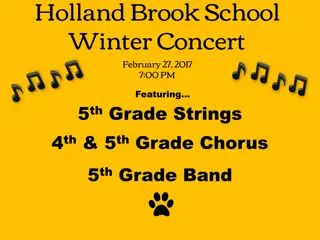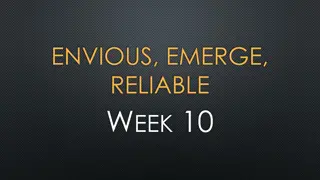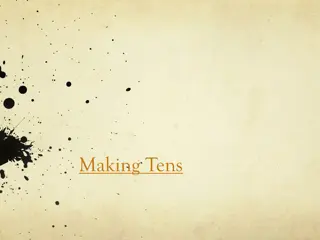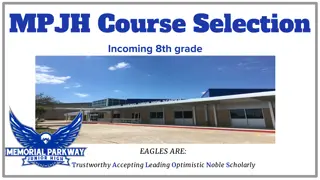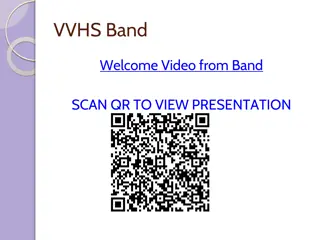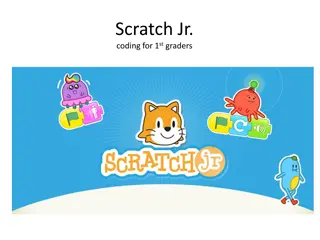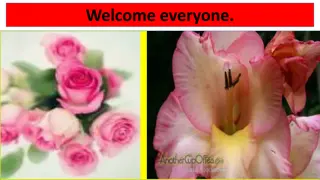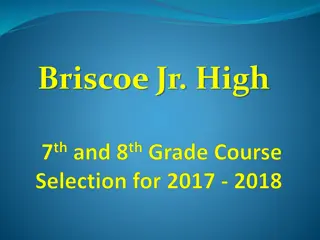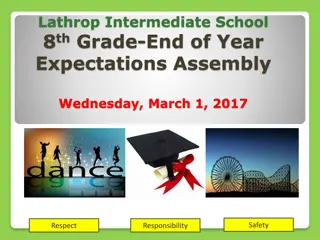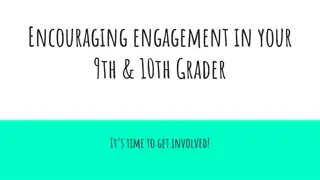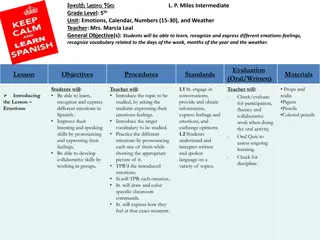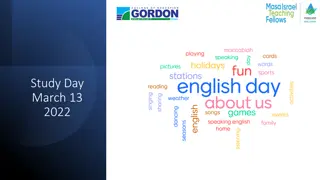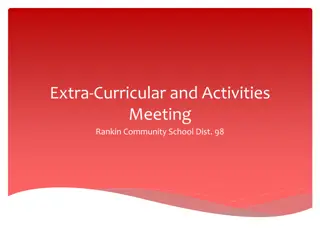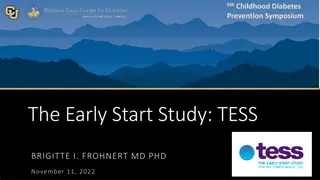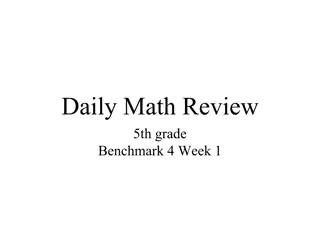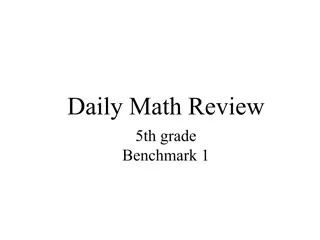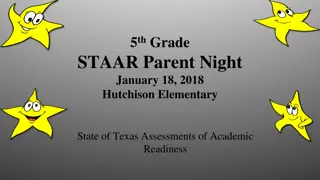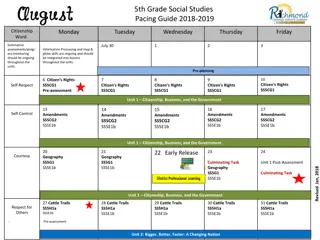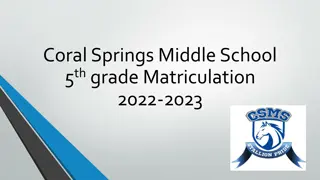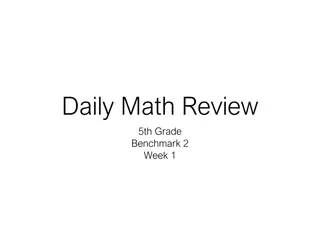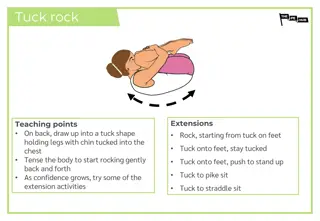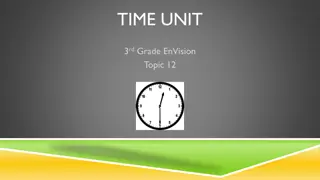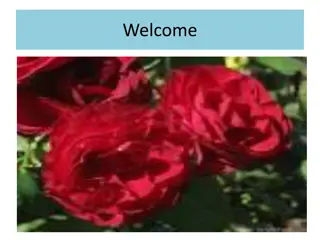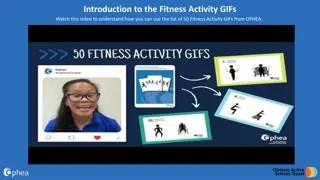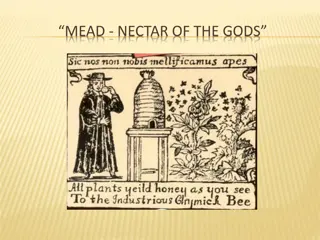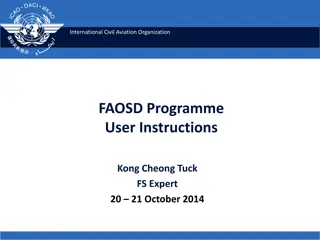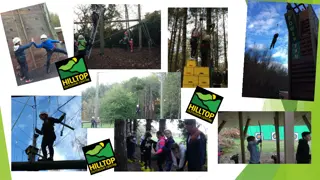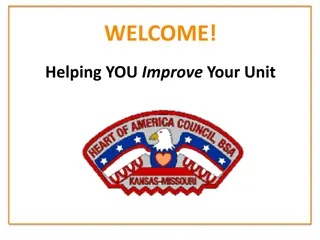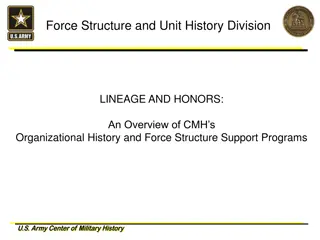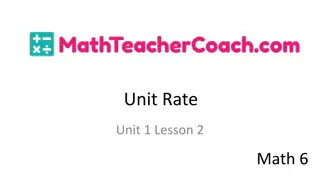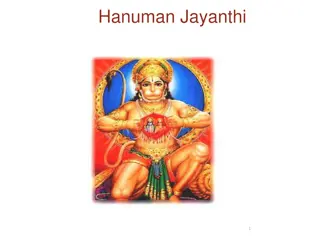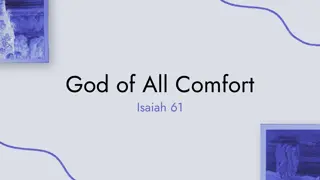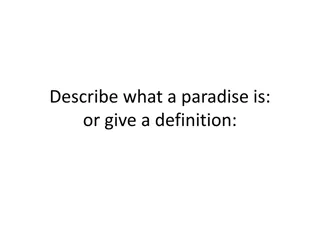Engaging 5th Graders with 'Tuck Everlasting' Novel Unit
This educational unit revolves around the novel "Tuck Everlasting," designed for 5th graders to explore themes, characters, and plot elements while integrating language arts and science. The unit emphasizes emotional connections through creative activities like journal entries and tableau, as well as immersing students in a forest-themed physical environment. By aligning with academic standards and fostering engagement, this unit aims to enhance students' learning experience.
Uploaded on Sep 15, 2024 | 0 Views
Download Presentation

Please find below an Image/Link to download the presentation.
The content on the website is provided AS IS for your information and personal use only. It may not be sold, licensed, or shared on other websites without obtaining consent from the author. Download presentation by click this link. If you encounter any issues during the download, it is possible that the publisher has removed the file from their server.
E N D
Presentation Transcript
Tuck Everlasting Elizabeth DeSell, Amber Kilcoyne, Andrea Kordonski 5th Grade Unit
Why Tuck Everlasting? o This novel unit utilizes a high interest novel appropriate for 5thgraders that allows for cross-curricular teaching in reading language arts as well as science. o Using the BTT model to teach the standards along with the novel will allow for a richer learning experience to fully understand the novel and learn the standards.
Content Standards Reading (RL 5.2) Analyze details about characters, setting, and plot in a literary text to infer a theme (RL.5.4.) Determine the meaning of words and phrases as they are used in a text, including figurative language such as metaphors and similes. Writing (W.5.3) Write narratives to develop real or imagined experiences or events using effective technique, descriptive details, and clear event sequences. Science (5.3.15.a.3) Compare and contrast the similarities and differences in life cycles of different organisms.
Brain Target 1 Emotional Connection o Get students emotionally invested in the novel. o Place the unlabeled bottles of water on their desk before they come to class. Ask students, If you could live forever just by drinking this bottle of water, what would you do? Allow students to respond to the question in their journal. Ask: Who do think would/would not like to live forever? Why?
Brain Target 1 Emotional Connection Throughout the unit students will engage in activities to emotionally connect them to the unit. o The second day of the unit the students will enter the classroom to the sound of a music box. Display the music box for the students to see. o Writing activity: Students will write a journal entry through Winnie s eyes about being kidnapped. o Tableau: Students will use facial expressions to represent how they think Winnie reacted when she found out the Tucks could live forever. o Take the students on a nature walk around the school grounds. o
Brain Target 2 Physical Environment o Incorporate forest theme in the classroom and classroom activities. o Begin the unit by transforming classroom into the forest like the setting in the novel. o Students will use visualization to paint a picture of the forest where the spring is located during art class. o Create a display outside the classroom for school community to read the legends created by the students (also BT-5). o Anchor chart on theme (also BT-4).
Brain Target 2 Physical Environment o Classroom forest scene o Nature walk at school
Brain Target 3 Concept Map Tuck Everlasting Science Reading Writing Informational Text (Museum Artifact Description) Figurative Language Narrative Writing (Create a legend) Life Cycles (Frog and Human) Story Elements Plot, Setting, Character, Theme Metaphors and Similies
Brain Target 3 Learning Goals o Identify the characters, setting, plot, and theme in a literary work. o Identify figurative language that contributes to meaning of the story. o Create a narrative story. o Describe key aspects of the human life cycle. o Write an informative text.
Brain Target 3 Introductory Big Picture Activity o Begin the unit by playing the song, Circle Game by Joni Mitchell. Discuss stages of life the song includes and make a list on the board. o Discuss question: Is the use of a carousel to present the circle of life an effective symbol? Why or why not? o Students will work with a partner to create additional verses to the song about what the man discovers as he ages.
Brain Target 4 Mastery and Procedural Knowledge o Build understanding of theme by discussing the movie The Lorax. Give students 3 themes and ask them to generate examples that contain that theme. Allow students to share responses and build a theme anchor poster.
Brain Target 4 Mastery and Procedural Knowledge o Compare and contrast the Tuck family s life cycle with a regular human s life cycle using Venn Diagram. o Students will create a legend of the spring from the story. The students will work through the writing process to develop their story.
Brain Target 4 Mastery and Procedural Knowledge o Analyze characters in the story using character maps. Compare and contrast character traits. o Students will identify and interpret similes and metaphors from the book. Students will relate the figurative language to the themes of the book.
Brain Target 5 Extension and Application o Students will apply knowledge of similes and metaphors by writing their own poem incorporating both types of figurative language into a poem. o Students will write the legend of how the spring came to be. Students will incorporate the literacy elements (setting, characters, and plot) to develop their legend.
Brain Target 5 Extension and Application o As an end of unit project students will create an object for a museum of Tuck Everlasting. Students will an informational paragraph to describe their artifact and explain the importance of the object. o At the end of the unit, students will reflect back on their first journal entry of the unit: If you could live forever just by drinking this bottle of water, what would you do?
Brain Target 6 Evaluating Learning o End of unit test on science content related to human life cycles. o Teachers will keep anecdotal records on students progress and check for their understanding on key concepts.
Brain Target 6 Evaluating Learning o Rubrics will be used to evaluate students in their work during the unit: o to evaluate their narrative writing piece of the legend of the spring. o to evaluate their informative writing about their museum piece for the Tuck museum. o Informally assessments will be used during individual writing conferences during workshop time.


